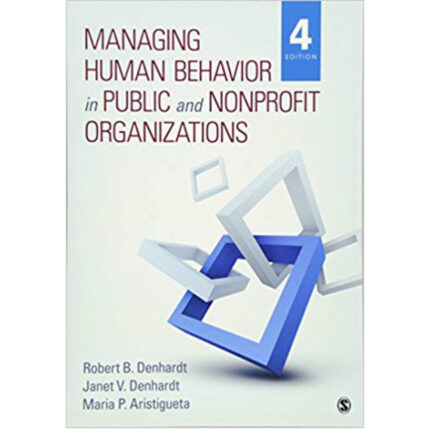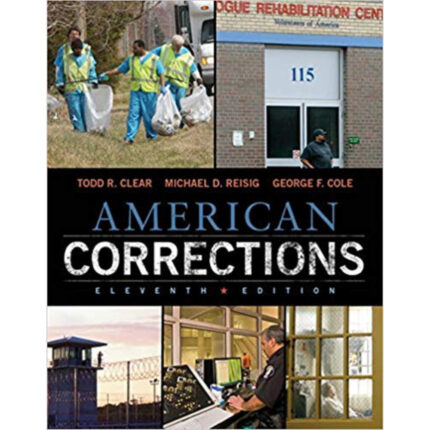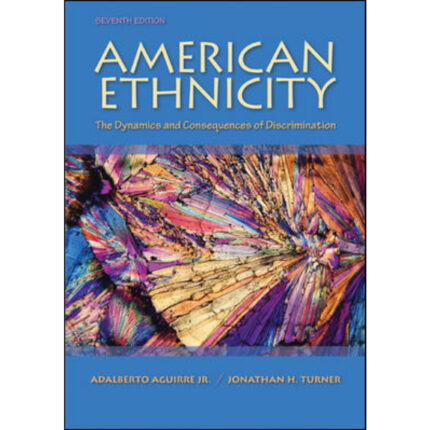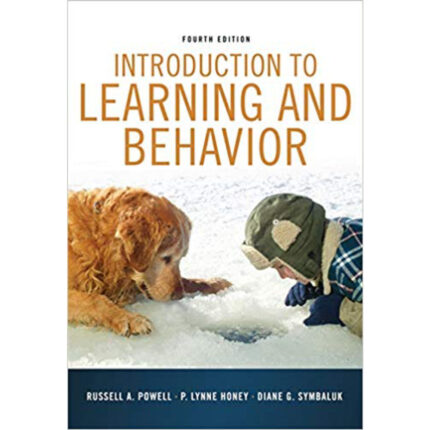Overview
Multiple Choice Questions
1. From a sociological point of view it is important to point out that
a. there is an ideal family arrangement.
b. there is no arrangement that can universally be identified as the family.
c. a family must include one man, one woman, and children.
d. the number of family arrangements are getting out of hand.
ANSWER: b
POINTS: 1
REFERENCES: 401
LEARNING OBJECTIVES: SSOC.FERR.15.01 – comprehensive
TOPICS: Chapter opener
NOTES: Pickup
2. A functionalist would argue that family life is structured to
a. devalue reproductive work.
b. maintain and perpetuate social inequalities.
c. support order and stability in society.
d. foster racial divisions and boundaries.
ANSWER: c
POINTS: 1
REFERENCES: 405
LEARNING OBJECTIVES: SSOC.FERR.15.01 – comprehensive
TOPICS: Mod 11.1
NOTES: New
3. In the United States, 27 percent of children live in a household in which no parent has secure employment. This means that no parent
a. was employed.
b. was employed by the same employer for an entire year.
c. worked at a job that was secure from outsourcing.
d. worked 35 or more hours per week for at least 50 weeks in the past year.
ANSWER: d
POINTS: 1
REFERENCES: 406
LEARNING OBJECTIVES: SSOC.FERR.15.01 – comprehensive
TOPICS: Mod 11.1
NOTES: Pickup
4. A family passes on social privileges and social disadvantages to its members, thereby perpetuating the system of inequality. This viewpoint coincides with which one of the following sociological perspectives?
a. symbolic interaction
b. conflict theory
c. functionalist
d. structural strain theory
ANSWER: b
POINTS: 1
REFERENCES: 406
LEARNING OBJECTIVES: SSOC.FERR.15.01 – comprehensive
TOPICS: Mod 11.1
NOTES: Pickup
5. A conflict theorist would argue that families are structured to
a. value reproductive work.
b. confer social statuses that are unequal.
c. provide care and emotional support.
d. perpetuate social equality.
ANSWER: b
POINTS: 1
REFERENCES: 406
LEARNING OBJECTIVES: SSOC.FERR.15.01 – comprehensive
TOPICS: Mod 11.1
NOTES: Pickup
6. In the United States, children who live with __________ are most likely to live in secure parental employment households.
a. the mother only
b. grandparents
c. the father only
d. both parents
ANSWER: d
POINTS: 1
REFERENCES: 406
LEARNING OBJECTIVES: SSOC.FERR.15.01 – comprehensive
TOPICS: Mod 11.1
NOTES: Pickup
7. Sara marries someone who is a member of the religion to which she belongs. With regard to religion, Sara has followed the norm of
a. patrilocal groups.
b. endogamy.
c. exogamy.
d. monogamy.
ANSWER: b
POINTS: 1
REFERENCES: 408
LEARNING OBJECTIVES: SSOC.FERR.15.02 – applied
TOPICS: Mod 11.1
NOTES: Pickup
8. At one time (before 1967), the United States had laws prohibiting marriages between people classified as white and nonwhite. Those laws enforced
a. polyandry.
b. monogamy.
c. endogamy.
d. exogamy.
ANSWER: c
POINTS: 1
REFERENCES: 408
LEARNING OBJECTIVES: SSOC.FERR.15.02 – applied
TOPICS: Mod 11.1
NOTES: Pickup
9. In the United States, race and ethnic categories persist in part because most people “choose” partners that they believe belong to their own racial category. This practice is known as
a. polyandry.
b. monogamy.
c. endogamy.
d. exogamy.
ANSWER: c
POINTS: 1
REFERENCES: 408
LEARNING OBJECTIVES: SSOC.FERR.15.02 – applied
TOPICS: Mod 11.1
NOTES: Pickup
10. In which country is the fertility rate likely to be among the lowest in the world?
a. Japan
b. Afghanistan
c. Kenya
d. United States
ANSWER: a
POINTS: 1
REFERENCES: 409
LEARNING OBJECTIVES: SSOC.FERR.15.01 – comprehensive
TOPICS: Mod 11.2
NOTES: Pickup













Reviews
There are no reviews yet.